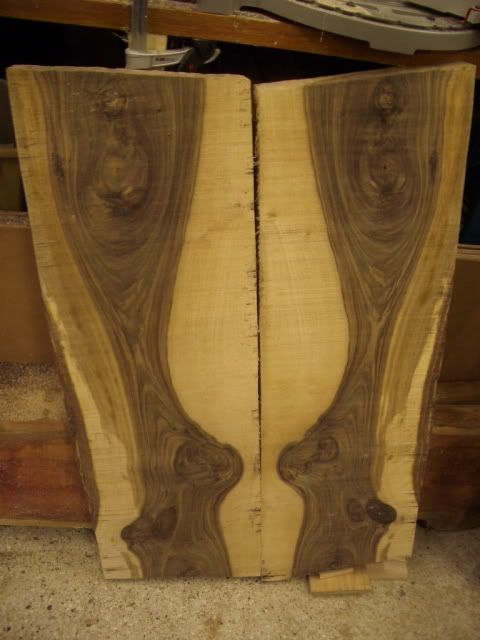planetWayne
Established Member
Hi all,
apologies for the really 'basic' questions here, but I have been reading the thread on the 'cheap english oak' and a question came up about woodworm only being in the sap wood.
I'm assuming that the sap wood is 'just' under the bark on a tree but...
Please excuse my complete 'noviceness' on this but I thought I would ask while it was in thought.
Thanks
Wayne.
apologies for the really 'basic' questions here, but I have been reading the thread on the 'cheap english oak' and a question came up about woodworm only being in the sap wood.
I'm assuming that the sap wood is 'just' under the bark on a tree but...
- how deep would sap wood be?
Why is it not a good idea to use sap wood?
and lastly - how do you tell where the sap wood ends and the 'good stuff' begins?
Please excuse my complete 'noviceness' on this but I thought I would ask while it was in thought.
Thanks
Wayne.



































